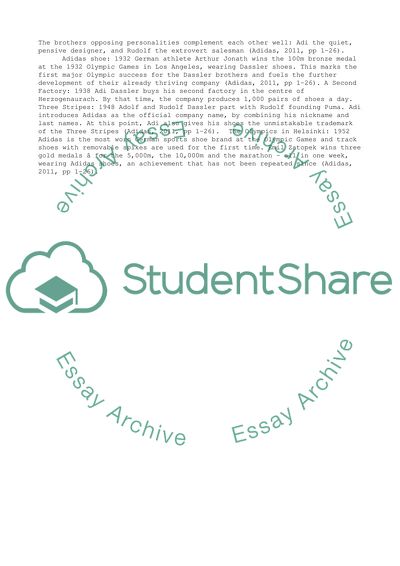Cite this document
(“The mi Adidas Case Study Mass Customization Essay”, n.d.)
Retrieved from https://studentshare.org/management/1582279-the-mi-adidas-case-study-mass-customization
Retrieved from https://studentshare.org/management/1582279-the-mi-adidas-case-study-mass-customization
(The Mi Adidas Case Study Mass Customization Essay)
https://studentshare.org/management/1582279-the-mi-adidas-case-study-mass-customization.
https://studentshare.org/management/1582279-the-mi-adidas-case-study-mass-customization.
“The Mi Adidas Case Study Mass Customization Essay”, n.d. https://studentshare.org/management/1582279-the-mi-adidas-case-study-mass-customization.


